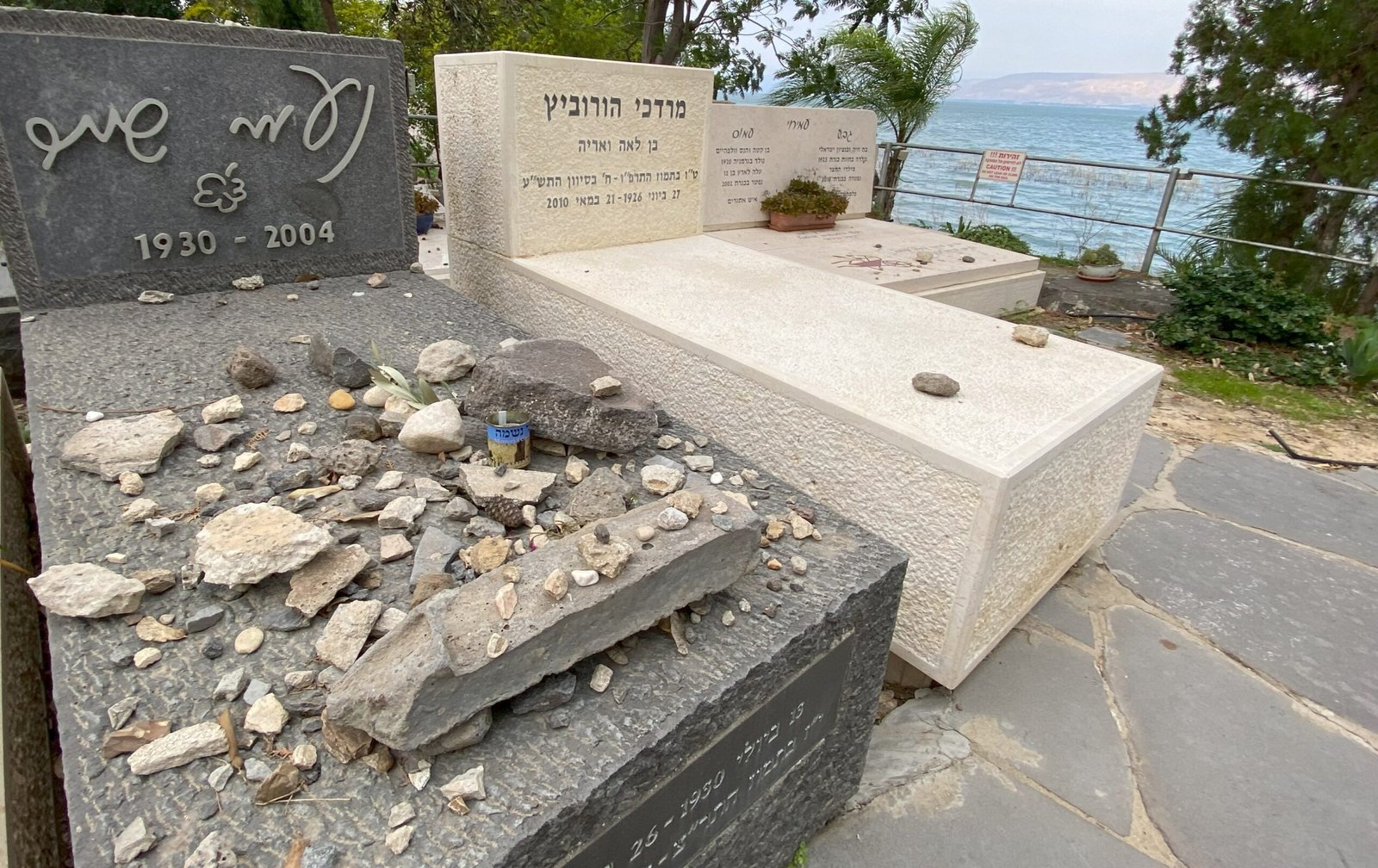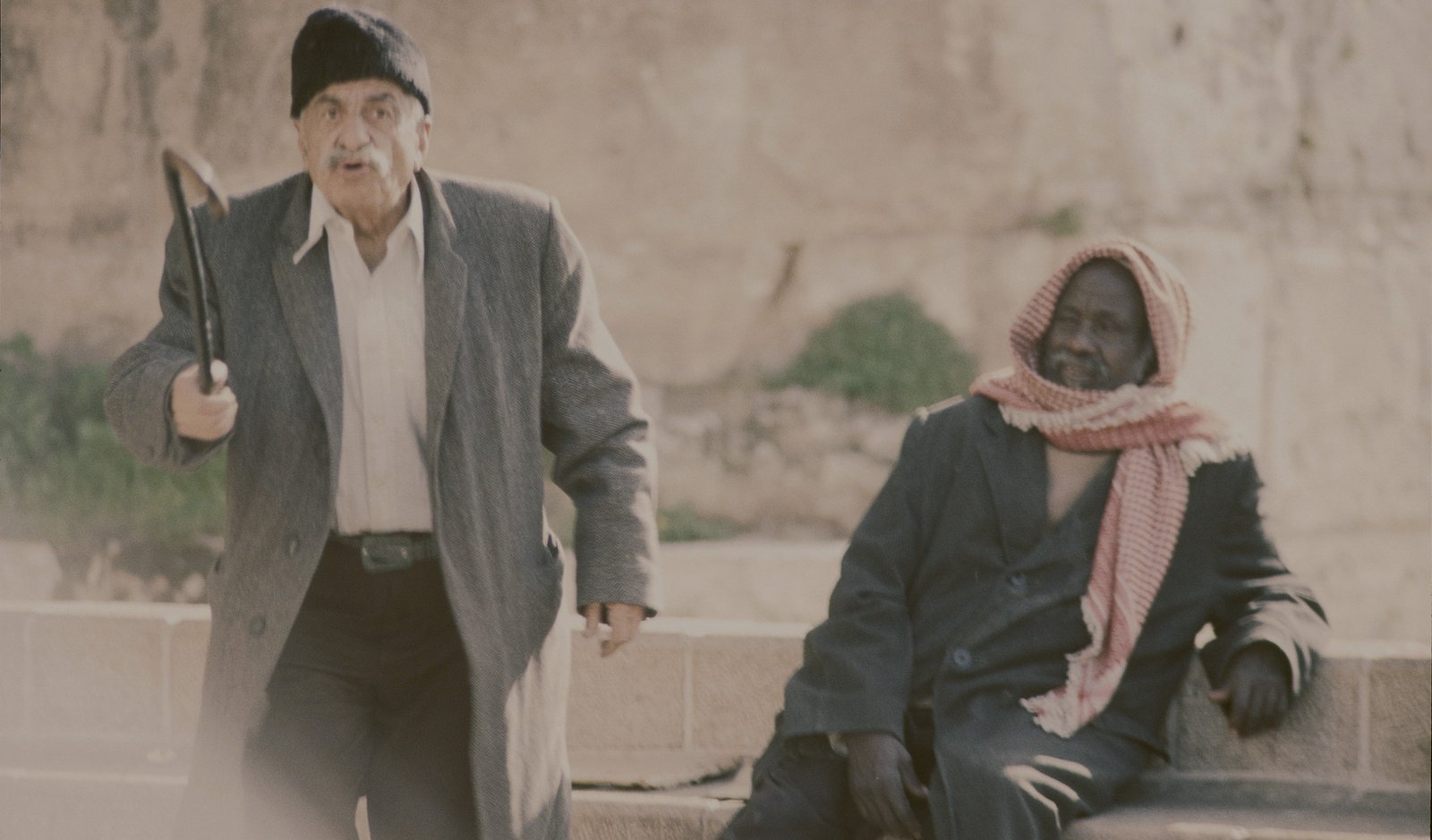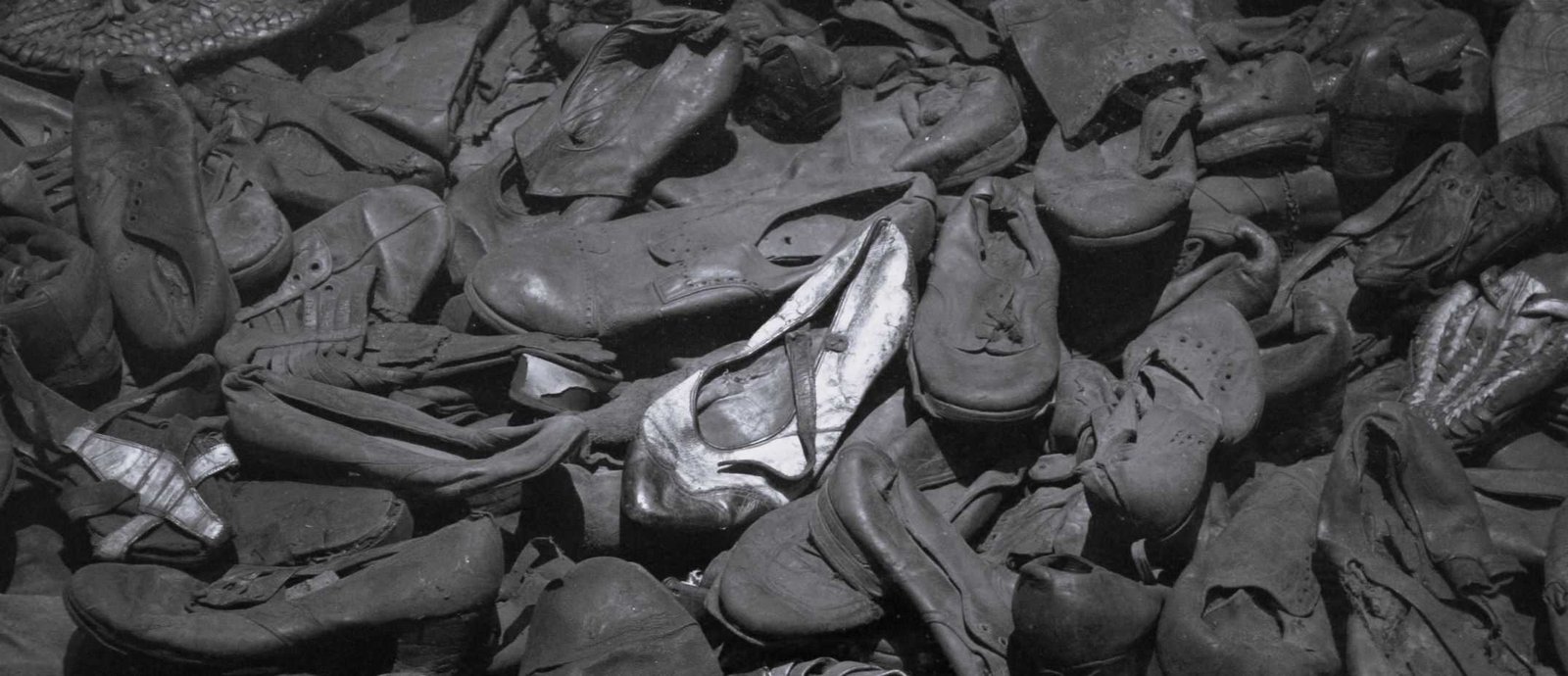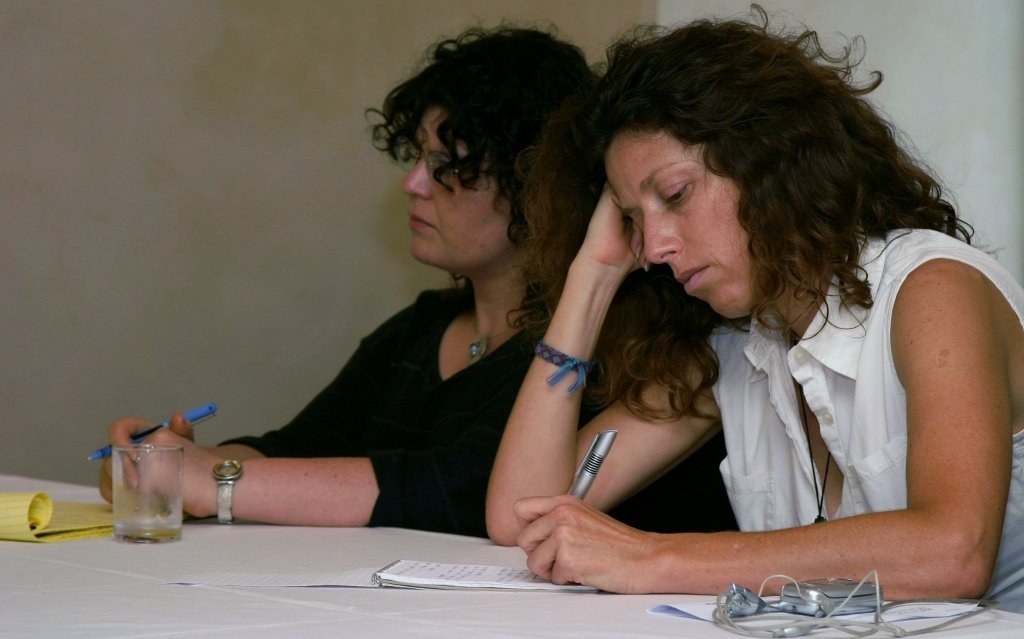Share This Story, Choose Your Platform!
A burly Orthodox Jew in front of me in line sings happily: “Mordechai yatza milifnei haMelech” – “Mordecai went out from the king.” The song is about the Jew Mordecai being dressed in a golden crown and royal clothes.
Yes, Purim is just around the corner. And looking at Ukraine and Russia, I am suddenly reminded of Hebrew class where years ago Russian Jews told me that Stalin, who had intended to resettle all Jews in Siberia, died on exactly this day of the feast of all days of the year.
On English-speaking Jewish websites one can read about this modern Purim miracle and also about this Haman of the 20th century. Joseph Stalin suffered a stroke on March 1, 1953, from which he never recovered. His reign was a time of anti-Jewish propaganda and persecution of Jews throughout the territory of the then Soviet Union. Practicing the Jewish religion was forbidden. Anyone who had their newborn son circumcised in secret could go to prison.
The opponent of the Soviet regime and Israeli politician Natan Sharansky was born in Donetsk, Ukraine. At that time the town was called Stalinov. He keeps recalling his father telling him about Stalin’s death and saying that it was a great day. At that time, however, no one was allowed to say such things. In kindergarten, Stalin was mourned by everyone. As a child, Sharansky was not aware that all this was happening at the time of Purim.
Jews saw and see in Stalin’s death an intervention of God. From their point of view, this was comparable to the events described in the biblical book of Esther, which are now commemorated during the days of Purim. Although God is not even mentioned in the entire narrative once, the fate of the Jews in the Persian Empire changed after the three-day fast that Esther had asked for.
Fasting in the Bible is a sign of turning to God, asking for help and salvation, and also for wisdom in how to proceed in a difficult situation. Finally, fasting is also an expression of repentance for one’s own guilt.
Haman’s hatred for the Jews was inflamed because Mordecai, unlike all the other subjects, would not bow to him.
As high-ranking royal official he obtained permission from his master to send letters “by couriers to all the king’s provinces to exterminate, kill and destroy all the Jews, young and old, children and women, on one day, namely on the thirteenth day of the twelfth month, which is the month Adar, and to plunder their possessions. A copy of the letter was to be issued as a law in all the provinces, to open the way for all the peoples to be ready for that day” (Esther 3:13-14).
American rabbi from the Chabad movement Yosef Yitzchak Jacobson explains that for an ordinary Jewish girl, who was afraid of the despotic ruler like everyone else, a turning point came when she heard from her foster father Mordechai: “who knows whether you have come to the kingdom for such a time as this?” (Esther 4:14).
As Esther became aware of her calling in life, she was transformed into a courageous woman who then even gave instructions to Mordecai herself. Jacobson compared Esther’s heroic actions to the Chabad envoys who are caring for refugees with a strong sense of mission now under fire in Ukraine, or to the rise of Ukrainian President Volodymyr Zelensky.
Over the centuries, different traditions have developed on how to celebrate Purim. The most striking is probably the custom of dressing up, which originated in Italy. In some places in Israel, the Purim celebrations are reminiscent of carnival, which have nothing at all to do with the original biblical story. But the children in Israel’s schools and kindergartens are very familiar with the narrative of the Jew Mordecai, the Jewish orphan child that become a queen, and the wicked Haman. For many, it is part of their history. An inspiration to others and still highly relevant today.






















